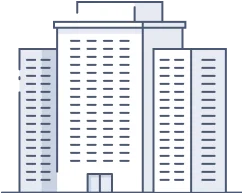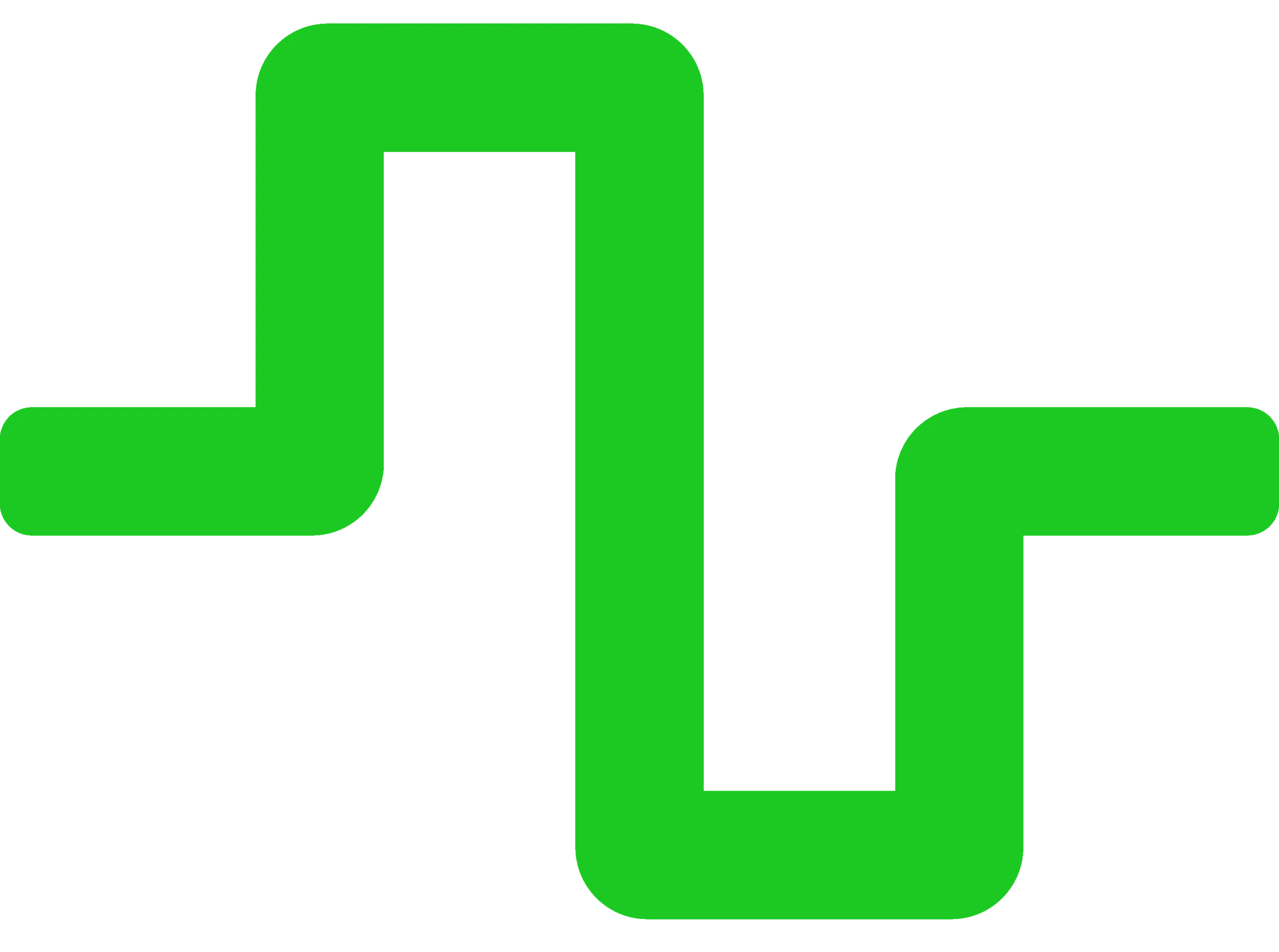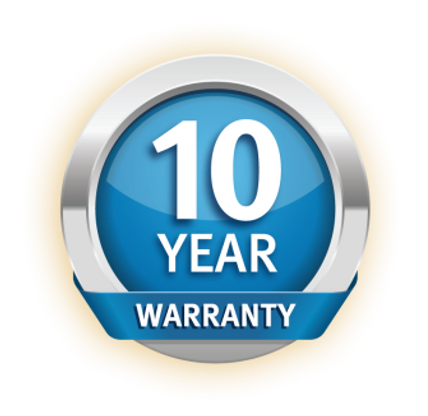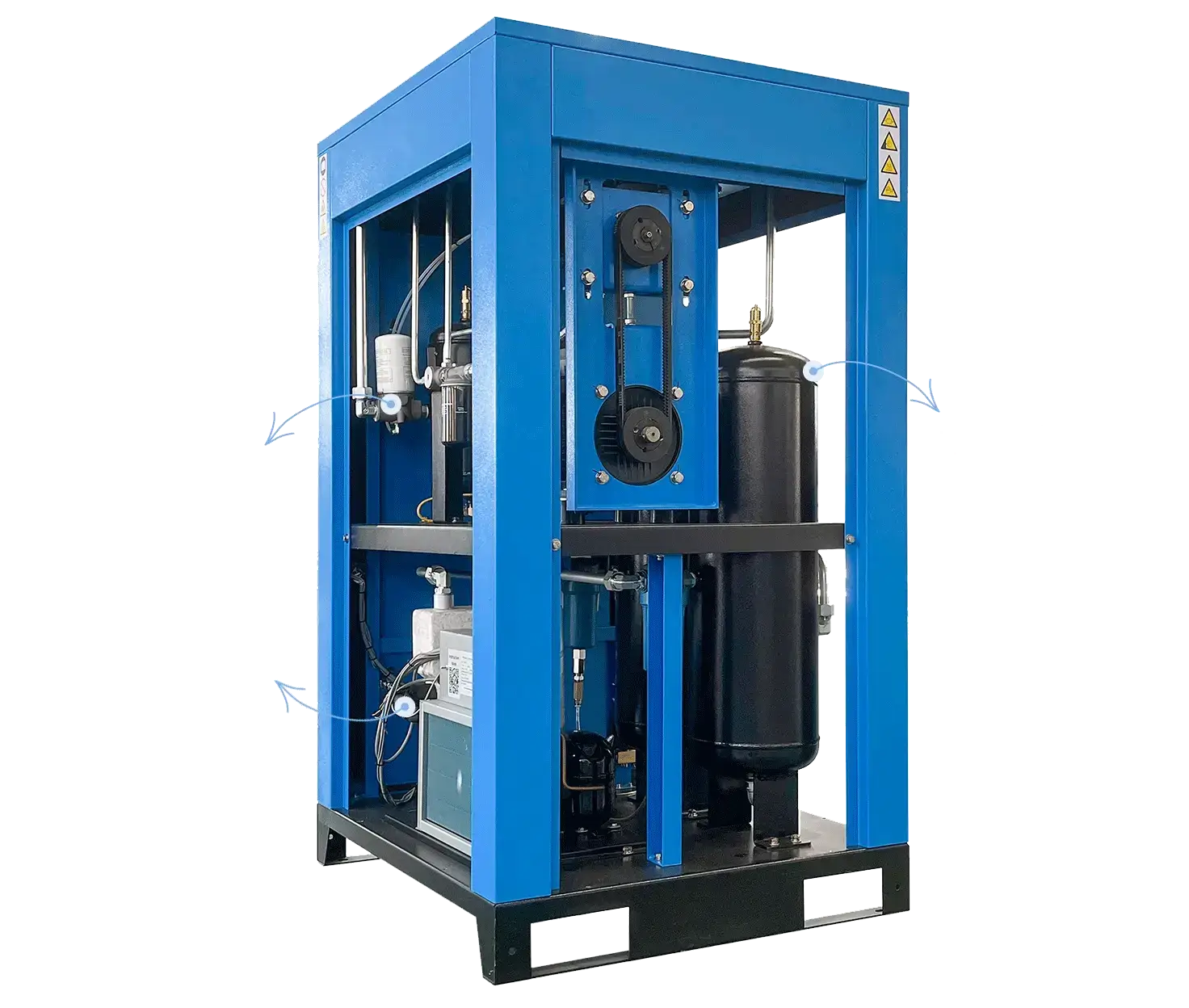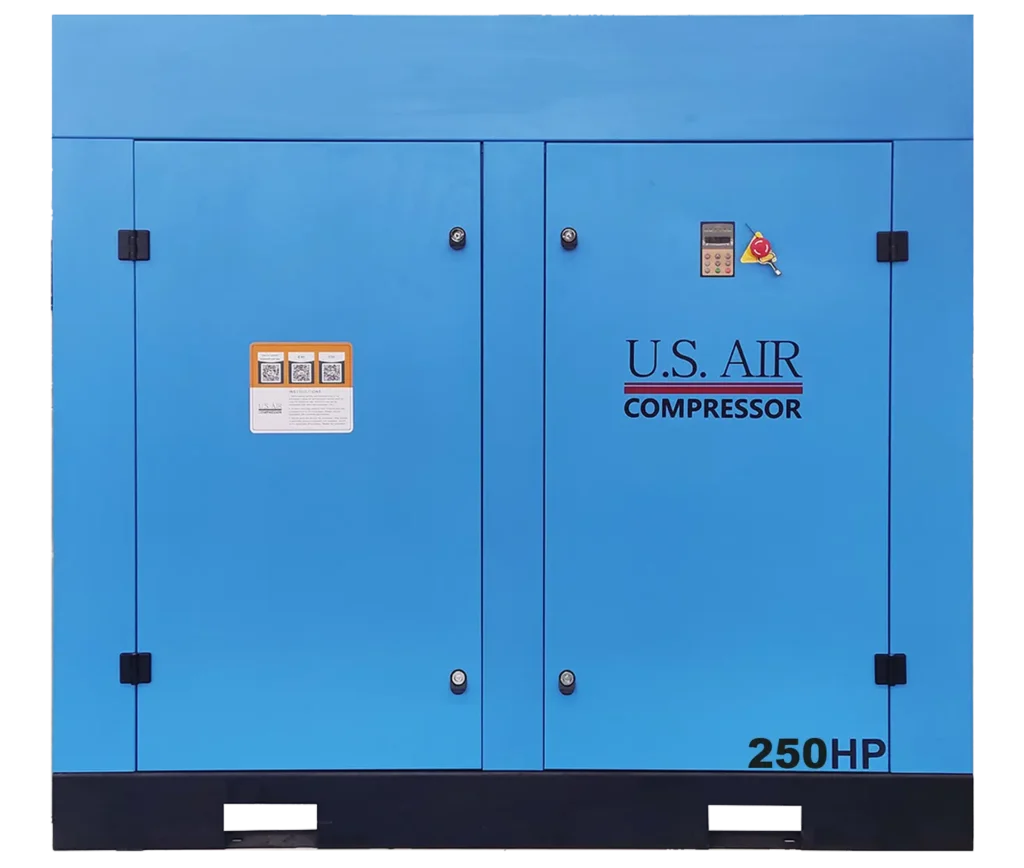Efficiency & Performance Benefits of Using Inverters
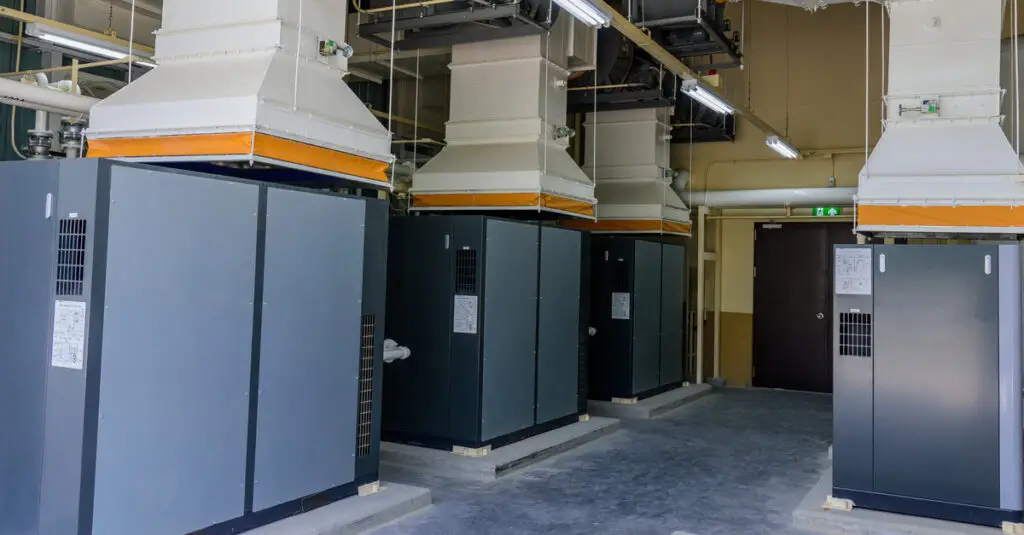
Air compressors are integral to countless industries, powering the essential equipment used to build our modern world. However, as energy efficiency becomes a priority for businesses worldwide, inverter-driven air compressors are redefining the way we think about performance and sustainability.
This blog will explore the efficiency and performance benefits of using inverters and how they aid in dynamically adapting to operational needs. We’ll explain their role in modern air compressor technology, compare them to traditional systems, and offer tips on how to integrate inverters into your existing setup. By the end, you’ll discover how investing in inverter-driven air compressors can transform your operations, allowing you to stay competitive and develop innovative solutions to everyday challenges.
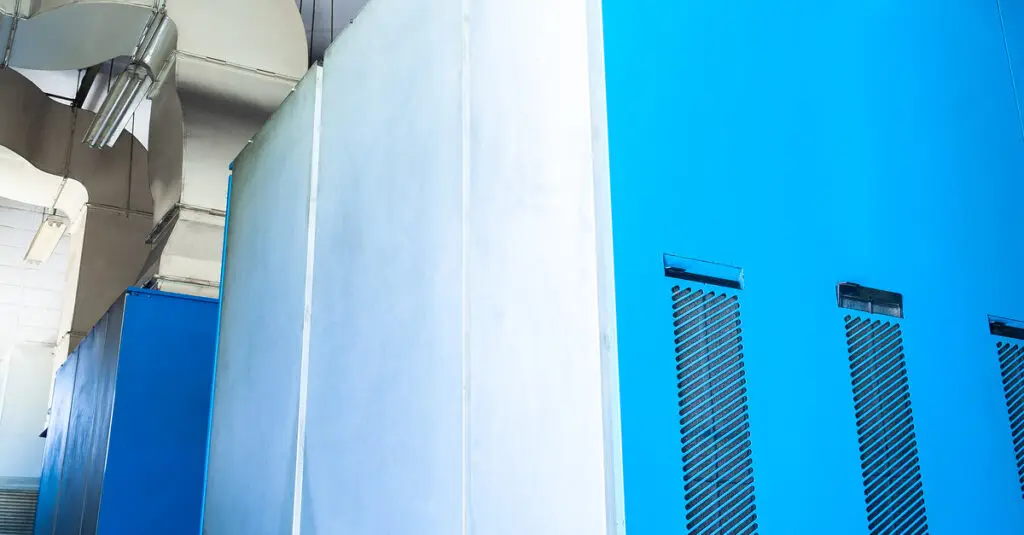
How Air Compressors Power Industries
Air compressors are versatile tools with a wide range of applications. They’re common in the following industries:
- Manufacturing. Supplying compressed air for powering tools, automation systems, and paint spraying equipment.
- Health care. Delivering clean, breathable air to ventilators and other medical devices.
- Construction. Operating pneumatic tools such as jackhammers and drills.
- Food and beverage. Assisting in packaging, aeration, and preservation processes.
- Automotive. Powering tire inflation systems, painting, and assembly lines.
- Agriculture. Providing compressed air for irrigation, grain handling, and animal feed systems.
These applications require reliable and energy-efficient air compression systems capable of meeting various operational demands. This is where inverter technology comes in.
Why Use Inverters?
Inverters play a critical role in improving the efficiency and functionality of air compression systems. By dynamically adjusting the motor speed to meet the exact air demand, inverters eliminate unnecessary energy consumption and reduce operational costs. Unlike traditional systems that operate at fixed speeds, inverters ensure that the compressor only works as hard as necessary, leading to a significant decrease in energy waste.
Additionally, inverters provide smoother operation, reducing wear and tear on components, thus extending the lifespan of the equipment. Their ability to maintain consistent pressure levels also enhances overall system performance, making inverters a smart choice for industries prioritizing reliability and sustainability. By understanding their strengths and drawbacks, businesses can make informed investments and achieve sustained growth.
10 Benefits of Using Inverters on Air Compressors
Air compressor inverters offer many advantages to businesses that implement them effectively.
1. Energy Efficiency
Traditional air compressors run at fixed speeds, consuming the same amount of energy regardless of demand. Inverters adjust the motor speed to match real-time air output needs, reducing energy consumption by up to 35 percent.
2. Lower Operating Costs
By consuming less electricity, inverter-driven air compressors significantly reduce monthly energy bills. Over time, the savings offset the initial investment, making them highly economical.
3. Precise Pressure Control
Inverters allow for more accurate pressure regulation, enabling the system to maintain consistent output without over-pressurizing.
4. Reduced Wear and Tear
Because inverters control motor speed, they minimize frequent startups and abrupt halts. This extends the lifespan of the compressor and its components, lowering maintenance costs.
5. Enhanced Productivity
Consistent and reliable air pressure improves operational efficiency, reducing downtime caused by pressure swings or equipment failure. It’s a game-changer for industries relying on continuous output.
6. Quieter Operations
Traditional air compressors can be noisy, which can cause workplace discomfort and even regulation challenges in certain industries. By modulating motor speed, inverters reduce noise levels, creating a more comfortable work environment.
7. Improved System Reliability
By operating at lower stress levels, inverter-driven compressors experience fewer mechanical failures. This means less time spent on maintenance and repairs.
8. Eco-Friendliness
Lower energy consumption means a reduced carbon footprint. Using inverters reflects a commitment to sustainability, a value that’s increasingly important to stakeholders and customers alike.
9. Flexible Air Delivery
Many industries experience fluctuating compressed air demands. With an inverter, the air compressor can adjust to these variations seamlessly, ensuring consistent supply without overworking.
10. Regulatory Compliance
By enhancing energy efficiency and minimizing environmental impact, inverter-enabled compressors help businesses meet energy and environmental regulatory standards with ease.
Drawbacks of Using an Inverter in Air Compressors
Of course, there are some things to keep in mind when deploying inverters for your air compressors.
1. Higher Initial Cost
Air compressors with inverters tend to have a higher upfront cost compared to traditional models. This can be a significant barrier for smaller businesses with limited budgets.
2. Complex Maintenance
The advanced technology in inverter-enabled compressors may require specialized maintenance and servicing. This can lead to higher costs and longer repair times if issues arise.
3. Sensitive to Power Quality
Inverters are sensitive to fluctuations in power quality, such as voltage spikes or drops. Poor power quality can potentially damage the inverter, leading to costly repairs or replacements.
4. Limited Compatibility
You can’t easily upgrade all existing air compressor systems with inverters. Businesses may need to invest in entire system overhauls to implement inverter technology.
5. Specific Operating Conditions
While inverters are efficient, they perform best under specific conditions. For example, the energy efficiency benefits may be lower if the air demand is relatively constant, negating one of the major advantages.
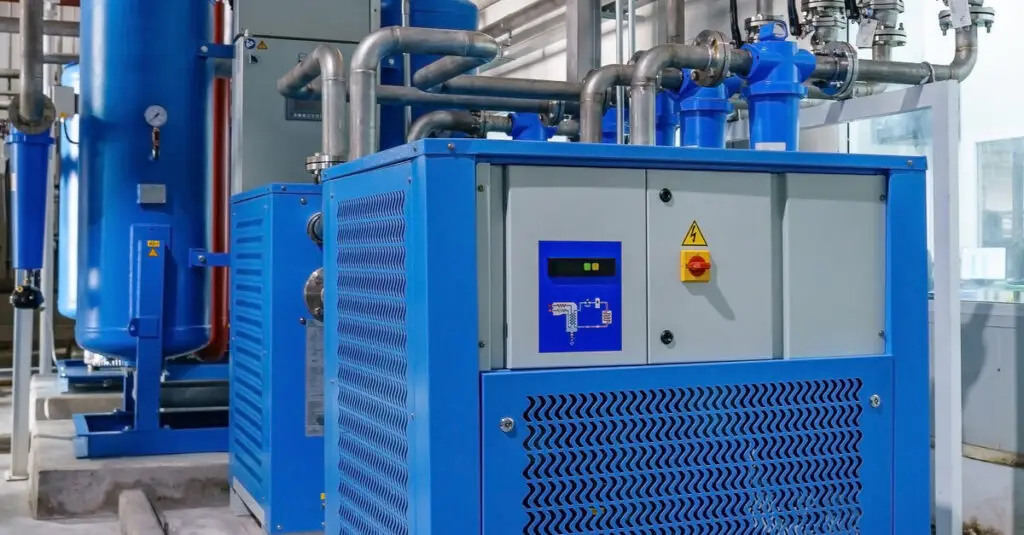
How To Integrate Inverters Into Your Existing Systems
Integrating inverters with existing air compressors might seem daunting, but it doesn’t have to be. Here are some practical tips to get started.
Understand Your Requirements
Evaluate the air pressure and flow demands of your system to determine if an inverter integration is suitable.
Consult With Experts
Partner with a reputable vendor or consultant who specializes in compressor retrofitting. Their expertise is essential during installation.
Optimize Motor Settings
This requires skilled technicians to calibrate the inverters for optimal motor speed and pressure regulation.
Monitor and Assess Performance Regularly
Once installed, use monitoring tools to track energy savings and pinpoint improvements.
Consider Scaled Investments
Start with inverters on high-demand compressors and scale up over time as ROI becomes evident.
Staff Training
Educate your team on operating and maintaining the new inverter-driven equipment.
Remember, a well-integrated system will offer even greater operational advantages to your organization.
Tips for Inverter Maintenance and Care
Regular maintenance of inverters is essential to ensure their longevity and optimal performance. Over time, dust, heat, and vibration can affect the internal components, leading to potential malfunctions or reduced efficiency. Here’s how to prevent this.
Regular Cleaning
Keep the inverter and its surrounding area clean to prevent dust buildup, which can affect performance and cause overheating.
Inspect Connections
Check wiring and terminal connections periodically to ensure they are secure and free of corrosion.
Monitor for Overheating
Verify that the inverter is operating within its recommended temperature range and that it has adequate ventilation.
Update Software
If your inverter uses software or firmware, stay up-to-date with manufacturer releases to optimize performance and prevent compatibility issues.
Schedule Preventive Maintenance
Conduct regular checks and maintenance according to the manufacturer’s guidelines to address potential issues before they escalate.
Keep Logs
Maintain detailed maintenance records to track performance metrics, identify trends, and simplify troubleshooting.
Investing time in inverter maintenance ultimately safeguards your equipment and maximizes its return on investment.
Reap the Rewards of Energy-Efficient Air Compression
Investing in inverter technology for air compressors is an opportunity to achieve significant cost savings, operational reliability, and environmental benefits. By taking advantage of the efficiency and performance benefits of using inverters, industries across the board can unlock next-level performance.
Are you in need of reliable air compression for your business? At US Air Compressor, we know the importance of having equipment that works for you. Our air compressor tanks are reliable and affordable, making everyday tasks a breeze.
